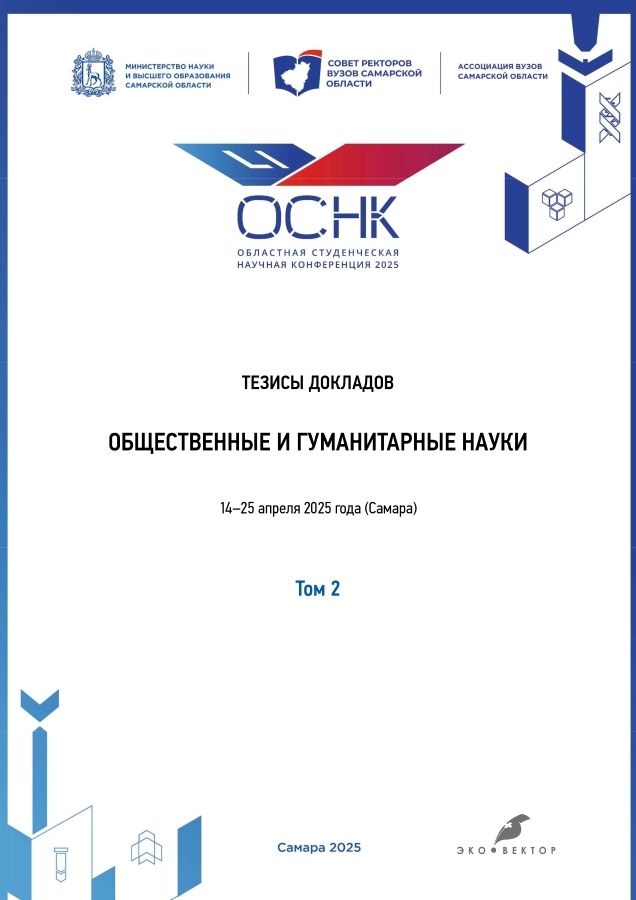The future of English learning: digital tools, AI, and microlearning
- Authors: 1
-
Affiliations:
- Samara State Technical University
- Issue: Vol 2 (2025)
- Pages: 200-200
- Section: ЧАСТЬ II. Иностранный язык в области профессиональной коммуникации
- Submitted: 26.05.2025
- Accepted: 19.06.2025
- Published: 06.11.2025
- URL: https://consilium.orscience.ru/osnk-sr2025/article/view/680626
- ID: 680626
Cite item
Full Text
Abstract
Background. In the context of global digitalization and evolving learner needs, the traditional paradigm of English education is undergoing a shift. Today’s learners — particularly Generation Z and Generation Alpha — expect faster feedback, flexible formats, and practical content. Conventional language courses often fail to meet these expectations, leading to motivational decline and reduced engagement.
Aim. To explore and present a scalable model of English language education that combines microlearning, artificial intelligence, and digital tools to provide accessible, high-quality learning experiences for diverse audiences.
Methods. This work is based on a review of up-to-date academic literature in digital pedagogy, AI-assisted instruction, and microlearning strategies. The practical part involves the Lingunity Common project, implemented via a Telegram microlearning channel and the Brainy Drained edutainment podcast. User engagement metrics, qualitative feedback, and learning behavior observations were analyzed.
Results. The implemented modules achieved daily return rates of up to 75 %, indicating strong engagement. Learners preferred short formats, interactive tasks, and AI-supported feedback tools. The integration of edutainment and adaptive learning supported higher motivation and improved retention of vocabulary.
Conclusion. The future of English learning lies in integrating evidence-based microlearning with AI-driven personalization and emotionally supportive digital formats. Such ecosystems not only enhance language acquisition but also foster learner autonomy and long-term engagement.
Full Text
Background. In the context of global digitalization and evolving learner needs, the traditional paradigm of English education is undergoing a shift. Today’s learners — particularly Generation Z and Generation Alpha — expect faster feedback, flexible formats, and practical content. Conventional language courses often fail to meet these expectations, leading to motivational decline and reduced engagement.
Aim. To explore and present a scalable model of English language education that combines microlearning, artificial intelligence, and digital tools to provide accessible, high-quality learning experiences for diverse audiences.
Methods. This work is based on a review of up-to-date academic literature in digital pedagogy, AI-assisted instruction, and microlearning strategies. The practical part involves the Lingunity Common project, implemented via a Telegram microlearning channel and the Brainy Drained edutainment podcast. User engagement metrics, qualitative feedback, and learning behavior observations were analyzed.
Results. The implemented modules achieved daily return rates of up to 75 %, indicating strong engagement. Learners preferred short formats, interactive tasks, and AI-supported feedback tools. The integration of edutainment and adaptive learning supported higher motivation and improved retention of vocabulary.
Conclusion. The future of English learning lies in integrating evidence-based microlearning with AI-driven personalization and emotionally supportive digital formats. Such ecosystems not only enhance language acquisition but also foster learner autonomy and long-term engagement.
About the authors
Samara State Technical University
Author for correspondence.
Email: ostroverkh.va@mail.ru
student, group 21-IEEHE-111, Institute of Engineering, Economics and Humanities Education
Russian Federation, SamaraSupplementary files










